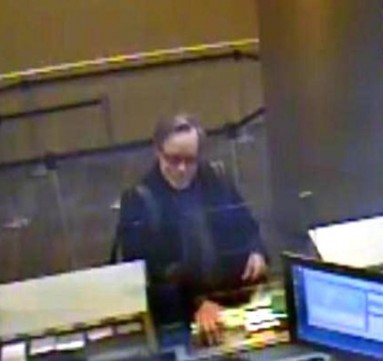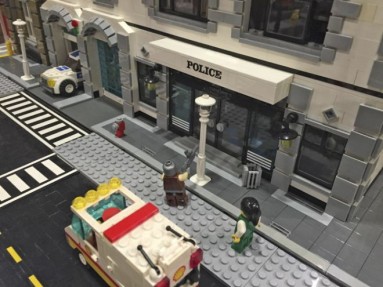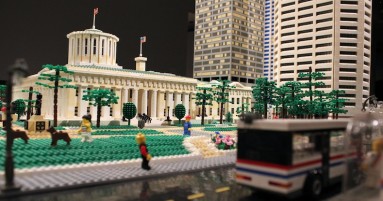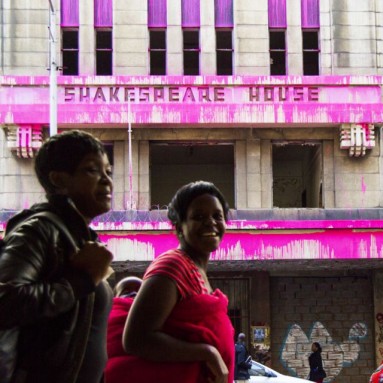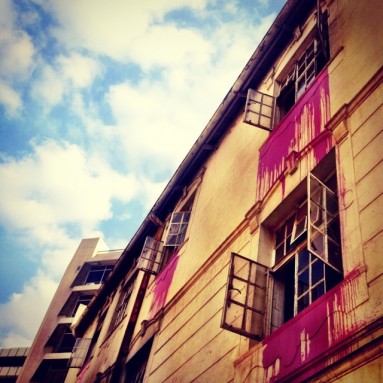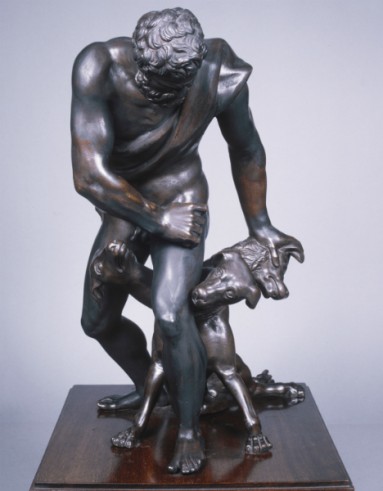Joseph Gibbons, 61, a filmmaker and “visual artist’’ who taught for a decade at one of the world’s most prestigious universities, has gone rogue, robbing banks as part of his latest “art’’ project.
Gibbons was charged on Friday with robbery after allegedly making off with $1,000 from a Capital One branch at Bowery and Grand Street in Chinatown.
While waiting for his arraignment, the eccentric academic boasted to fellow inmates that his crime was for art’s sake.
“He was doing research for a film,” said his dazzled cell-mate Kaylan Sherrard, 27.
“It’s not a crime; it’s artwork… He’s an intellectual”
(via)
• • •
While Dickson and the girls were examining the “Think Outside the Brick” Lego installation — a model of Downtown Columbus — they noticed a Lego figure standing in front of the police station with a gun pointed toward the front door.
Given recent national incidents, including the targeted killings of two New York City police officers, Dickson was upset.
“I thought, ‘Am I really seeing that? Am I overreacting?’??” he said.
The Blacklick-area resident went home and sent emails to a museum official and the Central Ohio Lego Train Club, which designed the exhibit.
Both organizations responded quickly, assuring him that the Lego gunman was not part of the exhibit’s design and would be immediately removed.
The explanation satisfied Dickson but raises the question: How did the figure get there?
(via)
• • •
Led by the Colombian-American artist Yazmany Arboleda, the group wanted to draw attention to the neglect of the city’s downtown buildings. A good number of them sit empty, even while many South Africans live in shacks. Arboleda told the Guardian that the abandoned buildings “embody the injustices in the city.” Which is why he and roughly 30 other artists marked them with about 264 gallons of hot-pink, water-soluble paint.
Arboleda explained in a blog post for Voices of Africa:
"We study the buildings during the daytime: we draw up floor plans, circulation patterns, and check the finishes on floors and walls — mostly scattered debris. Then, at the agreed-upon early morning hour, we gather and travel downtown with our buckets of paint and our ladders. The big challenge with most of our buildings is gaining entry to the second floor — once inside, we usually have access to the rest of the building. We walk up to the roof, and prepare our tools, pouring the pink paint slowly and evenly from top to bottom. As much work as could be done in preparation, we never have control over how the paint will actually adhere to each building. The speed and texture always varies, and it is always exciting to gaze upon the end result the following morning."
The preservationist Herbert Prins, acting chairman of the Egoli Heritage Foundation, decried the acts as “immature” and “anti-social” in a long-winded statement. “We are saddened that the state of our democracy has led to such frustration and this in turn, to the destruction of a part of the nation’s heritage,” he wrote. “[This] is vandalism hiding behind a façade of poetry in order to influence others.”
(via)
• • •
Yet another strange and shoddy art theft has shaken up a large European museum. Le Monde reports that on Saturday, around 4:30 pm, a security guard at Paris's Musée des Arts Décoratifs gave the alert of the disappearance of a Jean de Boulogne bronze sculpture. The work depicts Samson and the Philistines and is valued between €300,000–400,000.
The museum closed its doors immediately and visitors where ushered towards the exit, where they were thoroughly searched. No one was found carrying the five-kilogram (11 pound) Mannierist sculpture, made by the Flemish-born, Florence-based artist also known as Giambologna, a highly respected sculptor active during the last quarter of the 16th century.
In a surprising turn of events, the sculpture was found that same evening in a most unlikely place: inside a trash can in the museum's public toilets. The location suggests that the thief got cold feet after seeing the prompt security intervention and abandoned the statue before being searched.
(via)
